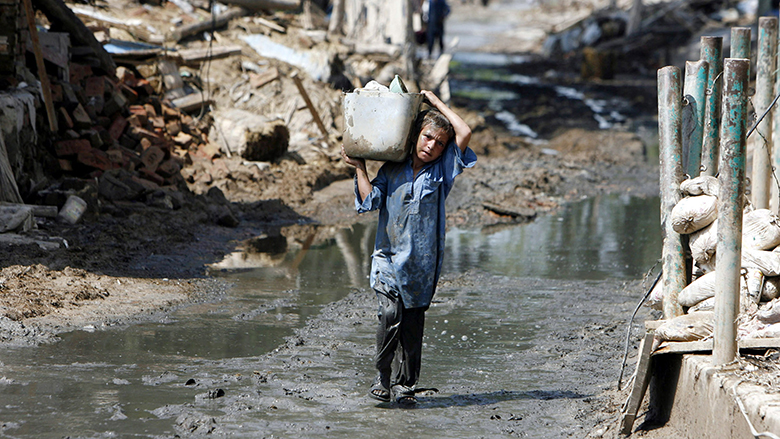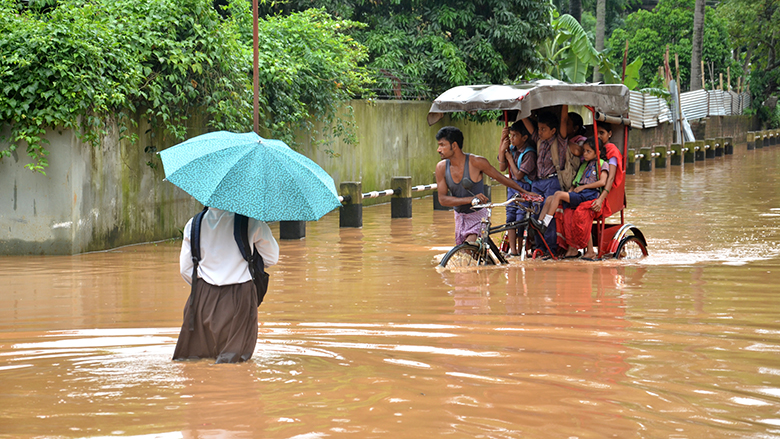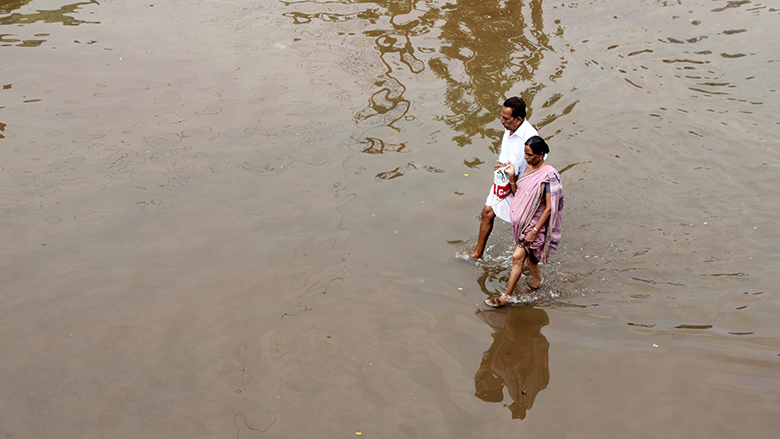A new World Bank report, South Asia’s Hotspots, finds that average temperatures in the region have increased in the last sixty years and will continue rising. Rainfall is becoming more erratic: some areas will experience more droughts, others more rain.
These changes impact agriculture, health, and productivity.
More than 800 million people are living in areas that are projected to become hotspots.


